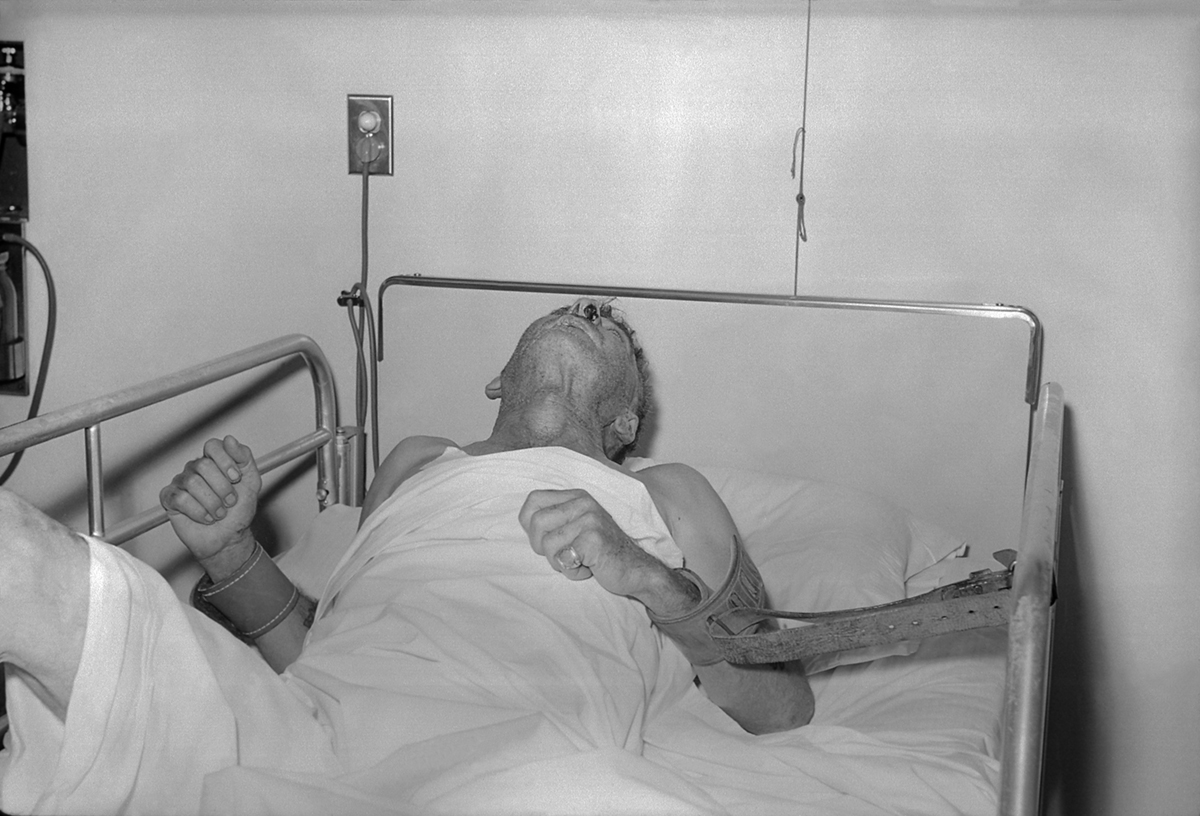
Rabies is viral disease which features with the inflammation of brain tissue or encephalitis. This virus is transmitted from animals to humans via infected saliva. This deadly and rather serious disease leads to over 55 000 death outcomes each year. A bite of the infected dog most commonly leads to rabies in humans. Still other animals such as cats, bats and foxes may cause the disease as well. Rarely attacks of wild animals like raccoons, skunks or wolves leads to disease. The prompt action after the bite has to be taken because the disease spreads rapidly and once the symptoms appear the lethal outcome is inevitable.
The first symptoms may occur within days or even a year after the bite accident. The symptoms of the disease are in the beginning similar to symptoms of flu. High body temperature, chills, weariness and prostration are present. The presence of tingling sensations in the area of bite might be patognomonic. The disease progresses rapidly affecting respiratory system, brain and gastrointestinal tract. Patient is irritated, aggressive and agitated sometimes even confused. Hallucinations may be present as well. What is present in all cases is increased production of the saliva. The patients drool a lot. There are also problems with vision such as double vision.
In the later stages of the rabies patient either shows the signs of hyperactivity or a paralysis occurs. If hyperactivity is present the rabies is classified as furious and if paralysis occurs rabies is classified as dumb. Both of these finally end up with irreversible and total paralysis which leads to coma and lethal outcome. The respiratory failure is what causes death. If not hospitalized and monitored by doctors patient dies within 8 days after the onset of illness.
After the bite the wound must be cleaned and disinfected as soon as possible. The vaccine has to be injected promptly. The vaccine is given to all those who have experienced tiny scratches without hemorrhage and those with one or more bites, licks on the torn skin or any other ruptures of the skin. Even those exposed to bats have to be given a shot. The animal which led to injury has to be captured and it is then examined to rule out or confirm the diagnosis of rabies.
Prevention is the best cure. Regular vaccination of domestic animal decreases the chance of rabies in developed countries but in developing countries as well. In areas which have increased incidence of rabies people who work with animals like veterinarians or hunters or even wildlife researchers must be vaccinated as a from of prophylaxis.








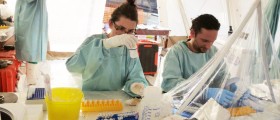

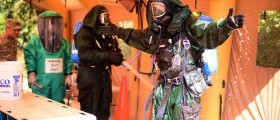

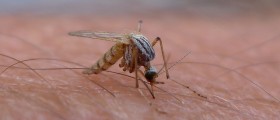
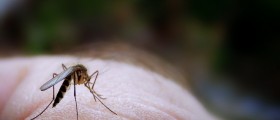
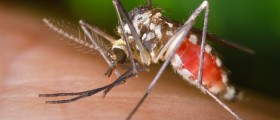


Your thoughts on this
Loading...